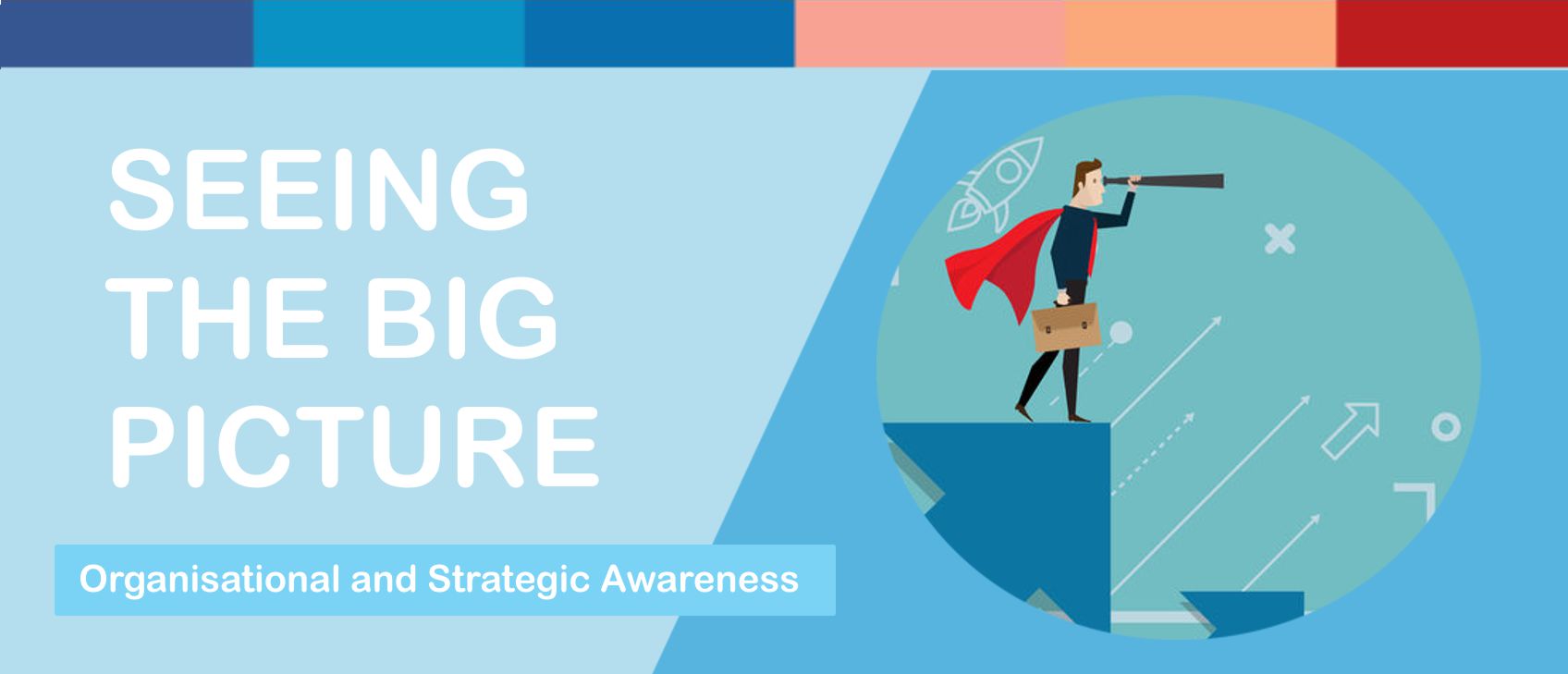

You can limit habits you may have that limit big-picture thinking to ensure you're focusing on the larger context by shifting thought patterns such as: Form habits that promote big-picture thinking
#SEEING THE BIGGER PICTURE EXAMPLE PROFESSIONAL#
You can follow the steps below to develop skills for big-picture thinking in your professional life: 1.
#SEEING THE BIGGER PICTURE EXAMPLE HOW TO#
How to consider the bigger picture at work In contrast, a detail-oriented teacher might expand standardized lessons to include interesting activities or extra information. For example, a big picture-oriented teacher may structure lesson plans based on standardized tests with the goal of boosting scores and helping students get into their preferred colleges. While detail-oriented thinkers may strive to achieve the highest quality product within a specific time period, big-picture thinkers focus on meeting quality standards and moving on with production.

In contrast, a detail-oriented thinker may dedicate time to creating garments based on current trends for an upcoming fashion show. For example, at a fashion design company, a big-picture thinker might predict the next year's industry trends based on best-selling clothes from the current year. Time periodīig-picture thinkers frequently consider the long-term effects of a project, while detail-oriented thinkers focus on short-term priorities. In comparison, a detail-oriented thinker may focus on conducting crash tests and collecting the results. For example, a big-picture thinker at an automotive company might think about ensuring a finished vehicle's crash test results meet company safety standards. To understand when to use these types of thinking, consider the ways they contrast: Contextĭetail-oriented thinking typically emphasizes focusing on a specific aspect of a project, while big-picture thinking may target the entire project or the project as it relates to company goals. While both are useful strategies, employees can apply detail-oriented thinking and big-picture thinking to a variety of challenges in the workplace. Related: 10 Visionary Jobs for People Who Think About the Big Picture Detail-oriented thinking vs.

Manage your time more effectively, which can make project planning more efficient Respond to obstacles objectively and patiently, which can improve your mental health at work Stay open-minded, which can positively benefit your work relationshipsįind the clarity to make achievable, actionable goals by understanding the larger context Recognize the link between specific projects and broad company goalsĪddress challenges at work rather than minor symptoms and create a successful problem-solving plan Cultivating big-picture thinking can also help you: Why is it important to consider the bigger picture in the workplace?īy striving to achieve a big-picture perspective at work, you can ensure you understand the connections between basic tasks and long-term targets, which can make the goals you create more efficient and achievable. You can use big picture thinking in a variety of roles, including: Big-picture thinking can be crucial for achievement in the workplace because knowing what to focus on can help you budget your time efficiently, manage stress levels and create actionable, achievable goals. What does it mean to understand the bigger picture?Ĭonsidering the bigger picture means thinking about how your actions can affect the overall success of a project or company aim, rather than focusing on minor details. In this article, we discover what it means to consider the bigger picture, why it's important and how you can incorporate big-picture thinking into your professional skill set. By developing a complete perspective of a situation, you can make decisions that drive long-term results, which can help you advance in your career. Having a big-picture perspective can help you prioritize effectively, set better goals and improve time management. If you're interested in enhancing your decision-making skills at work, being able to understand and consider the big picture can be an essential skill.


 0 kommentar(er)
0 kommentar(er)
